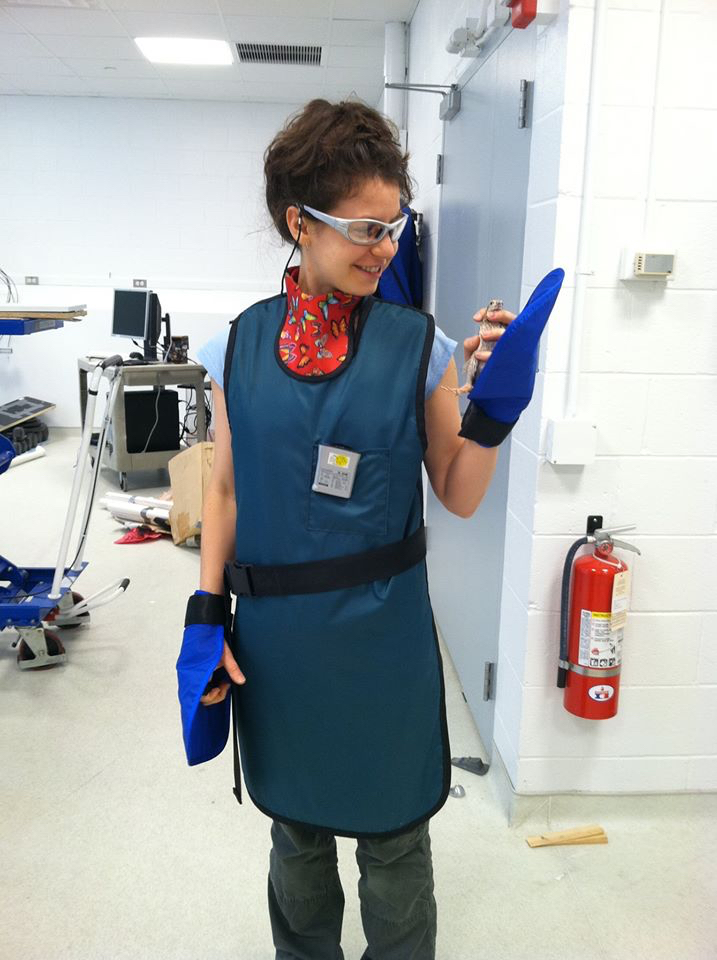by Andrew Saintsing, Graduate student at the Poly-PEDAL Lab ,Berkeley

This will probably be my last entry as a regularly contributing blogger for Integrative and Comparative Biology, so it seems like a good opportunity to revisit the beginning of my time here.I started blogging as one of the 2021 SICB Student Journalism Interns, but my first assignment from our managing editor Suzanne Miller was a review of Michel Morange’s A History of Biology. I really enjoyed reading that book because it showed how messily science unfolds. Knowledge gradually accrues, but the process is full of missteps and controversies, which can be even more interesting than the actual breakthroughs.
One of my favorite scientific controversies is about the origin of bird flight. I’d never given it much thought until I started grad school at UC Berkeley and found out I was working on the same floor as Robert Dudley and Kevin Padian, who’ve both spent a lot of time thinking and writing about the topic. I didn’t study flight, but I still heard about it a decent amount while I was in school. That’s why I jumped at the chance to write my last blog entry about Ashley Heers, who studies the evolution and development of birds at Cal State LA. She chaired and presented in the symposium Pathways to Adulthood: Environmental, Developmental, and Evolutionary Influences on the Ontogeny of Form and Function at this year’s annual SICB meeting and then authored two articles in the September 2023 issue of Integrative and Comparative Biology. But obviously my first question for her was about the origin of bird flight.

“The evolution of birds and bird flight has a long history of controversy, and it’s still quite controversial,” said Heers. There are lots of theories about how birds first took flight, but they generally get lumped into two major categories: ground-up and trees-down. Heers explained, “The ground-up idea is that the ancestors of birds would have been terrestrial theropods that were running around on the ground and maybe jumping and things like that.” The arms of these bipedal, carnivorous dinosaurs had taken on some characteristics of modern bird wings, but they still hadn’t become the structures that crows and seagulls use to power their flight. “They would have used their “protowings” or “incipient wings” to either run faster or jump higher or catch prey or provide stability while they’re attacking things, etc.,” said Heers.
The trees-down theory also revolves around theropod dinosaurs with incipient wings, but it relocates the birds’ ancestors from the pre-grass savannahs of the Jurassic period to the denser, flowerless forests that existed at the time. “They would have initially used their protowings or their incipient wings to maybe glide down from tree to tree or just get out of the trees or leap out of a tree and avoid predators,” said Heers. Depending on the environment in which the birds’ ancestors first emerged, they would have been using their protowings for different behaviors. Heers said, “The ground-up theories typically assume that this animal with protowings would have been flapping its wings, whereas the trees-down theories typically assume that the animal would have been using its wings more for gliding.” In other words, a ground-up proponent might anticipate fossil evidence that the bones of the forelimb attached to increasingly strong flapping muscles, but a trees-down proponent could expect to see evidence of strong stabilizing and extensor muscles to help the animals hold their protowings out for a glide.
However, that dichotomy is probably a little too restrictive if one wants to understand how the birds’ ancestors actually lived their lives. Today Heers thinks many people in the field believe that the truth probably lies in between the two extremes. She pointed to living birds. “There are loads of birds that spend plenty of time in different environments, both on the ground and in trees,” she said. Besides, flapping up and coming back down are often complementary behaviors. Heers did her PhD research with Ken Dial, and she spent a lot of time watching living birds as they engaged in wing-assisted incline running, a behavior in which the animals flap their wings while running uphill to give their legs a boost. “In nature, I see birds a lot of the time using it to go up tree trunks,” said Heers. “Once they’re in the tree, then they have to get back down.” Thus, by using a behavior that would fit neatly in ground-up theories, living birds often put themselves in a trees-down situation.
Heers has drawn on observations and measurements from living birds to infer new insights about evolutionary history throughout her research career. Ever since she started out in Dial’s lab, she’s had a particular interest in the development of living birds and the changes they undergo as they grow from hatchlings to adults. She said, “I’m very interested in animals with transitional anatomies and what these animals do with their underdeveloped or transitional anatomies while they’re in the process of acquiring a more specialized anatomy.”

Developing birds typically don’t have big enough wings and strong enough muscles to power flight when they first hatch. According to Heers, though, if you ask what they are capable of, “the answer is usually more than you would guess.” She investigates how developing birds use their anatomy and behaviors to do all the things they need to do to survive, and she thinks that information can be really helpful in trying to understand what the ancestors of birds were doing with their protowings. Heers said, “Looking at a baby bird is not the same thing as looking at an extinct animal. There are definite anatomical differences between those animals … But I do think that studying the development of flight can provide a lot of insight into the potential functions of locomotor structures and potential behaviors that extinct theropods with similar features might have been using.” The development of flight in living birds and the evolution of flight that resulted in the common anatomical features of modern birds did not proceed in exactly the same way. But Heers sees these two transformations “passing through similar starting points and end points and presumably facing similar challenges along the way.”

Early on as a grad student, Heers encountered some resistance to her attempts to bring developmental data into the evolutionary conversation. At her first ever scientific conference, she gave a talk in which she described her research on developing birds. Then, she extrapolated from that data to make a point about the protowings of extinct dinosaurs. Heers said, “The first question that I got asked and the only question that I had time to answer … was basically questioning the utility of using the development of flight to try and understand the evolution of flight.” Part of the issue was that the idea was still fairly new. By the time Heers joined his lab, Dial had already published a paper that drew on information from wing-assisted incline running in developing birds to make points about the evolution of flight, but using development in that way hadn’t yet become mainstream, especially among paleontologists studying transitional fossils. “I felt like I was still promoting the idea,” said Heers.
In the years since, attitudes seem to have shifted a bit. Heers said, “Now I don’t think anyone is necessarily surprised … All these people that come to hear me talk about these ideas, it’s more like, ‘OK. What kind of information can we get from this, and how relevant is it to paleontology?’” Controversial ideas, whether they involve diametrically opposed understandings of a single phenomenon or new perspectives on old debates, can inject some interesting drama into the scientific process. But the friction they create also spurs advances in knowledge, and a healthy scientific community is one that embraces rational questions and respectful debate.
check out Ashley’s research website here
< https://buildingabird.weebly.com/>
&
https://www.audubon.org/magazine/january-february-2015/which-came-first-dinosaur-or-bird
& https://futurumcareers.com/flights-of-fancy-can-we-unravel-the-mystery-of-flight
Check out ICB Free read
New Perspectives on the Ontogeny and Evolution of Avian Locomotion
Ashley M. Heers
https://doi.org/10.1093/icb/icw065
and the corrected proof in advanced for 2023
Unexpected Performance in Developing Birds
Ashley M Heers
https://doi.org/10.1093/icb/icad06
Connect with Blogger Andrew Saintsing of the
http://polypedal.berkeley.edu/?page_id=840

on Twitter (X)
